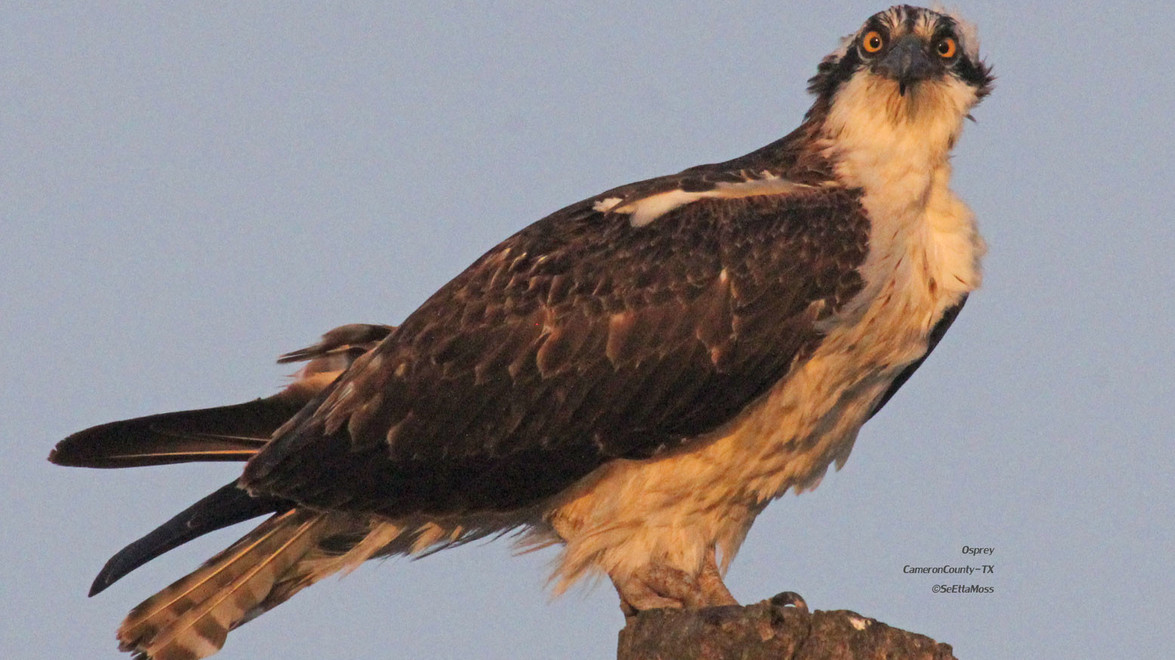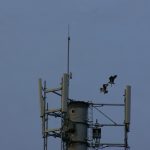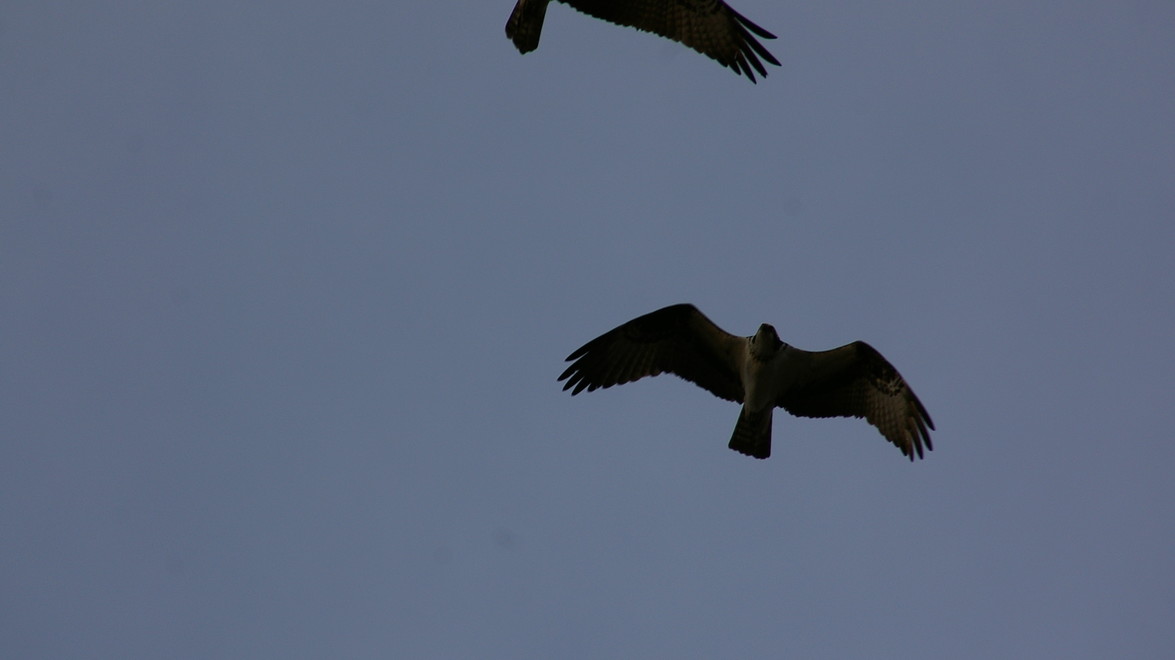
The newest addition at our Waterdown location is a family of Osprey (Fishing Hawks) nesting in our cell tower!
We were quite excited last month when we found a nest of Peregrine Falcons on our recently built cell tower. After inviting a local authority to come by and take a look, we found out they are actually Osprey. A common error, it would seem, based on the speed with which our expert correctly identified our birds (over the phone).
While not quite as rare as the Peregrine Falcon, the North American Osprey populations became endangered in the 1950s due to chemical pollutants such as DDT, which thinned their eggshells and hampered reproduction. Ospreys have rebounded significantly in recent decades, though they remain scarce in some locales.
**Some interesting facts about Ospreys:**
– Ospreys typically have a wingspan of between 5 and 6 feet.
– Osprey eggs don’t hatch all at once, but are staggered in time so that some siblings are older and more dominant.
– Once known as the fish hawk, the osprey lives on fish that it catches by snatching them in a shallow dive from the surface of the water.
– Ospreys are one of the world’s most widely distributed birds, breeding throughout much of North America, Northern Europe and Asia and around the coast of Australia.
– Ospreys are long-lived, and many birds are still breeding aged 10 or more. The oldest known North American Osprey lived to be 25 years old.
– Ospreys will readily adopt artificial nest platforms, especially where there is a shortage of suitable trees in which to nest. (Like a satellite tower!)
– Unlike most birds of prey, ospreys like to breed in loose colonies, and the presence of one successful pair will often attract others in following year.




